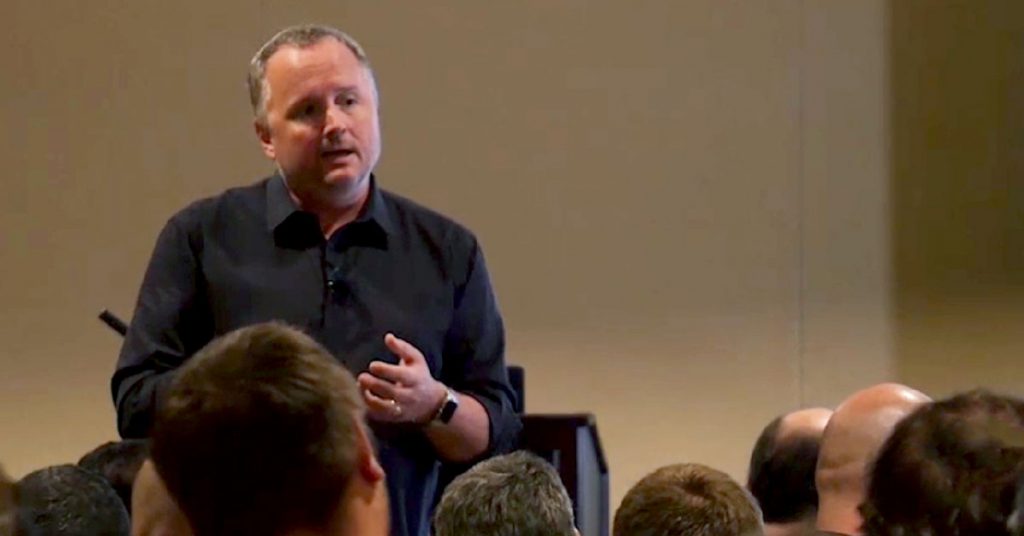Transformation Explained
Many organizations are struggling to apply the concepts of Agile because they view Agile as a new way of doing the same old thing. They believe that if the roles, ceremonies, and artifacts of Scrum are in place, they’ll reap the benefits of having become Agile. However, in our experience, leading a large-scale Agile Transformation isn’t about simply adopting a new set of attitudes, processes, and behaviors at the team level—it’s about building enabling structures, aligning the flow of work, and measuring for outcomes-based progress. It’s about breaking dependencies in an effort to achieve true business Agility.
But, in order to achieve business Agility, Agile has to be applied in a certain context. You have to be able to form the right kinds of teams, build the right kinds of backlogs, and produce working, tested increments of product. The problem is that this context doesn’t exist in most companies. Sure, we’ve seen organizations that can implement an Agile way of working on small, self-contained projects. However, when it comes to scaling Agile, most companies fall short because they lack the proper buy-in from leadership, they lack the ecosystem in which Agile can be successful, and they don’t know how to orchestrate the type of change that’s required of organizations that are adopting Agile.
What’s needed is a plan. A plan to do more than simply teach people Agile. You’re going to need to find a way to systematically overcome the structural, procedural, and cultural barriers that get in the way of Transformation. The good news is that the plan is knowable, and we want to prove it to you.
This talk will explain what a structured, disciplined Agile Transformation looks like and will cover:
- Why organizations want to Transform
- What actually needs to be Transformed
- How the change will be orchestrated
- Who should be orchestrating the change




